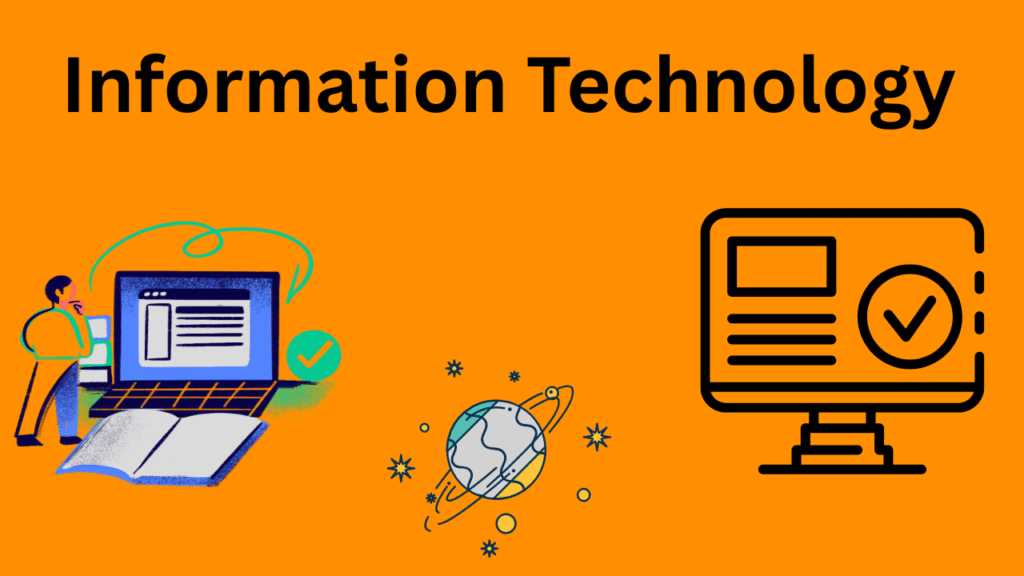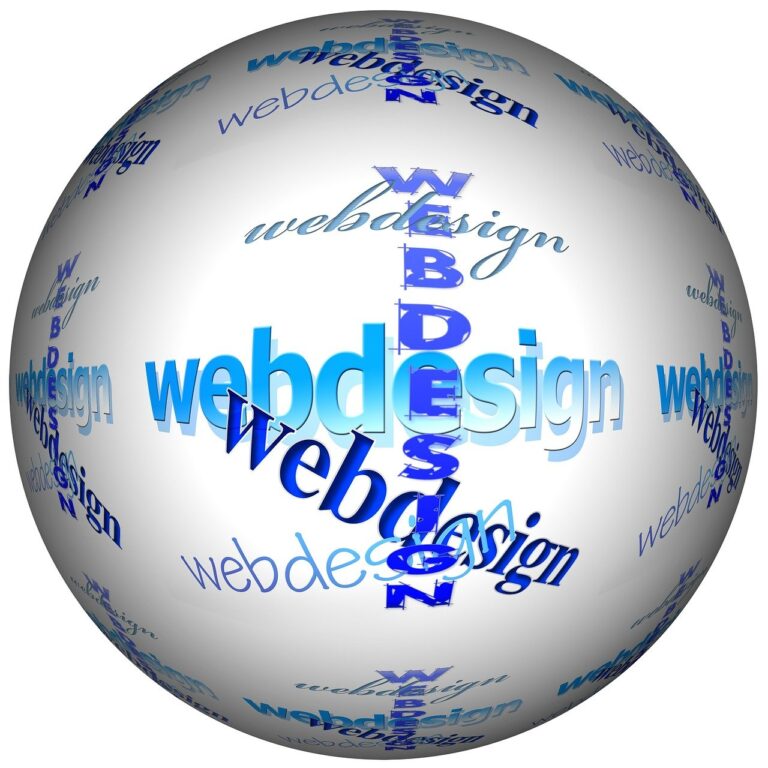Information Technology:

Introduction
Information technology has become a cornerstone of contemporary society, shaping the way we communicate, work, and live. From the rise of the internet to the proliferation of mobile devices, Information Technology has revolutionized various sectors, enhancing efficiency and connectivity. This article explores the multifaceted world of information technology, its key components, benefits, challenges, and future trends.
1. What is Information Technology?
Information technology refers to the use of computers, software, and telecommunications to store, retrieve, transmit, and manipulate data. IT encompasses a wide range of technologies and practices, including:
- Hardware: Physical devices such as computers, servers, and networking equipment.
- Software: Applications and operating systems that run on hardware.
- Networking: Connecting devices to share resources and information.
- Data Management: Techniques for storing, processing, and analyzing data.

2. The Evolution of Information Technology
2.1 Historical Background
The roots of information technology can be traced back to the invention of the computer in the mid-20th century. Key milestones include:
- 1940s: Development of the first electronic computers.
- 1960s: Introduction of mainframe computers and early networking.
- 1980s: The personal computer revolution and the rise of software applications.
2.2 Recent Developments
The last two decades have seen rapid advancements in Information Technology, including:
- Internet Expansion: The growth of the internet has transformed communication and access to information.
- Cloud Computing: Businesses increasingly rely on cloud services for data storage and applications.
- Mobile Technology: Smartphones and tablets have made information accessible anytime, anywhere.

3. Key Components of Information Technology
3.1 Hardware
Hardware includes all the physical components of a computer system. Key elements are:
- Computers: Desktops, laptops, and servers.
- Networking Equipment: Routers, switches, and modems.
- Storage Devices: Hard drives, SSDs, and external storage.
3.2 Software
Software is crucial for operating hardware and performing tasks. Types of software include:
- System Software: Operating systems like Windows, macOS, and Linux.
- Application Software: Programs like Microsoft Office, Adobe Creative Suite, and web browsers.
3.3 Networking
Networking connects computers and devices, enabling communication and resource sharing. Key concepts include:
- Local Area Networks: Networks within a limited area, such as a home or office.
- Wide Area Networks: Networks that connect multiple locations, often using the Internet.
4. Benefits of Information Technology
4.1 Improved Communication
IT has transformed communication methods, making it faster and more efficient. Email, instant messaging, and video conferencing have become standard practices in both personal and professional contexts.
4.2 Enhanced Efficiency
Automation of tasks through IT tools improves productivity. Businesses can streamline operations, reduce human error, and allocate resources more effectively.

4.3 Access to Information
The internet provides vast amounts of information at our fingertips. Online databases, educational resources, and news outlets offer easy access to knowledge.
4.4 Data Analysis
Information Technology enables organizations to collect and analyze data, leading to informed decision-making. Businesses can leverage data analytics to understand market trends and customer behavior.
5. Challenges in Information Technology
5.1 Cybersecurity Threats
As reliance on Information Technology grows, so do cybersecurity threats. Data breaches, malware, and phishing attacks pose significant risks to individuals and organizations.
5.2 Rapid Technological Change
The fast-paced evolution of technology can be challenging for businesses to keep up with. Staying current with new tools and practices requires ongoing investment and training.
5.3 Digital Divide
Despite advancements, a digital divide still exists. Not everyone has equal access to technology, leading to disparities in education and economic opportunities.
6. The Role of IT in Business
6.1 Operational Efficiency
Businesses leverage Information Technology to enhance operational efficiency. Automated systems reduce manual tasks, allowing employees to focus on higher-value activities.
6.2 Customer Engagement
Information Technology enables businesses to connect with customers through various channels, including social media, email marketing, and e-commerce platforms.

6.3 Supply Chain Management
Information technology plays a crucial role in managing supply chains. Real-time tracking and data analysis help businesses optimize inventory and logistics.
7. Future Trends in Information Technology
7.1 Artificial Intelligence and Machine Learning
AI and machine learning are set to revolutionize various sectors. These technologies can analyze vast amounts of data, automate processes, and enhance decision-making.
7.2 Internet of Things
Blockchain technology offers secure and transparent methods for transactions and data management. Its potential applications range from finance to supply chain management.
8. The Importance of Information T Education
8.1 Skills Development
As Information Technology continues to evolve, education in this field is crucial. Individuals must develop skills in programming, data analysis, and cybersecurity to remain competitive in the job market.
8.2 Lifelong Learning
Ongoing education and training are essential in InformT. Professionals must adapt to new technologies and practices to thrive in their careers.

9. Case Studies: Successful IT Implementations
9.1 Case Study 1: Amazon
Amazon’s use of IT has transformed retail. Through advanced data analytics and logistics management, the company has optimized its supply chain and enhanced customer experience.
9.2 Case Study 2: Tesla
Tesla leverages IT for innovative product development and manufacturing processes. Its use of software for vehicle updates and autonomous driving features showcases the power of technology in the automotive industry.
10. Conclusion
Information technology has profoundly impacted every aspect of our lives, from communication to business operations. While challenges remain, the benefits of IT are undeniable. As we look to the future, embracing technological advancements will be crucial for individuals and organizations alike.

Welcome to my page. If you need more information about this, read this helpful articlehttps://www.xafsashariif.com/educational-technology/







Hi,
Did your U.S. business file for the ERC (Employee Retention Tax Credit) during COVID?
If you already filed and still haven’t been paid, you may not have to wait anymore.
I help business owners like you get their money now instead of later.
To get your money simply reply to this message right now. Just send me your phone number so I can call and get you setup.
That’s it. If you already filed, I may be able to help.
Thanks,
Mark
201 N Main St, Phoenix, AZ 85003
Unsubscribe:
https://aiandcompanybest.com/?info=xafsashariif.com
thanks